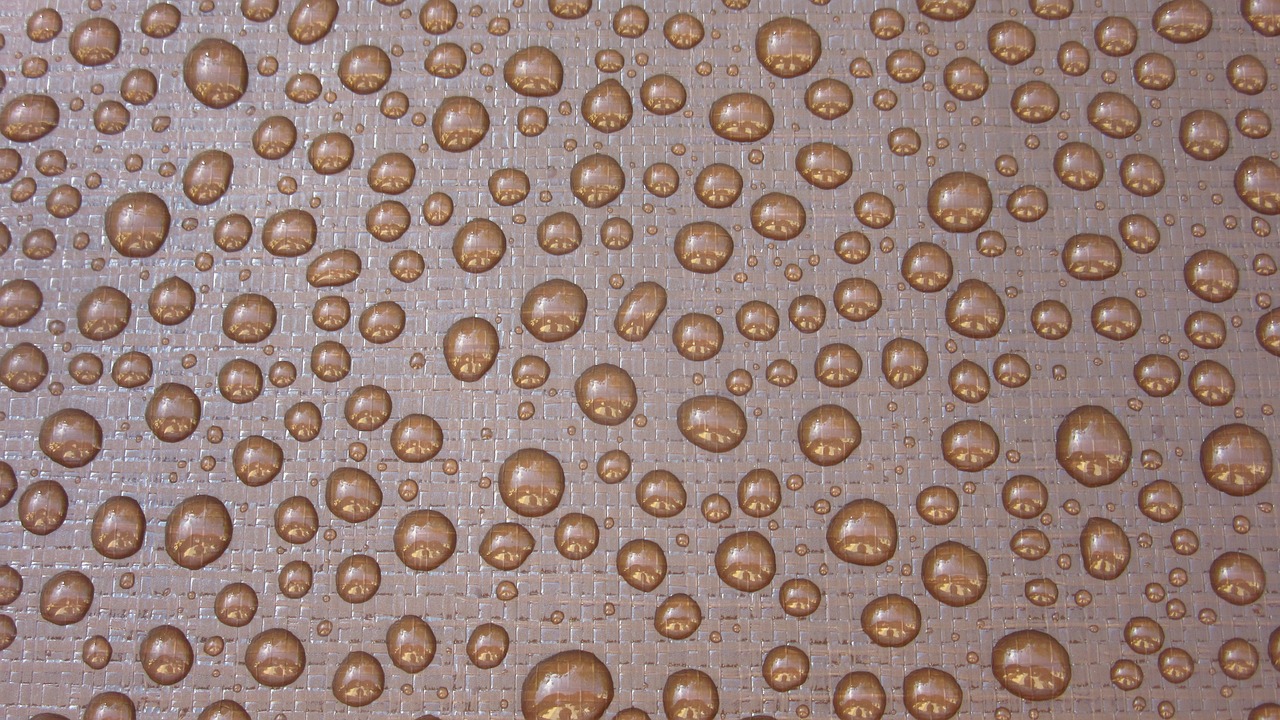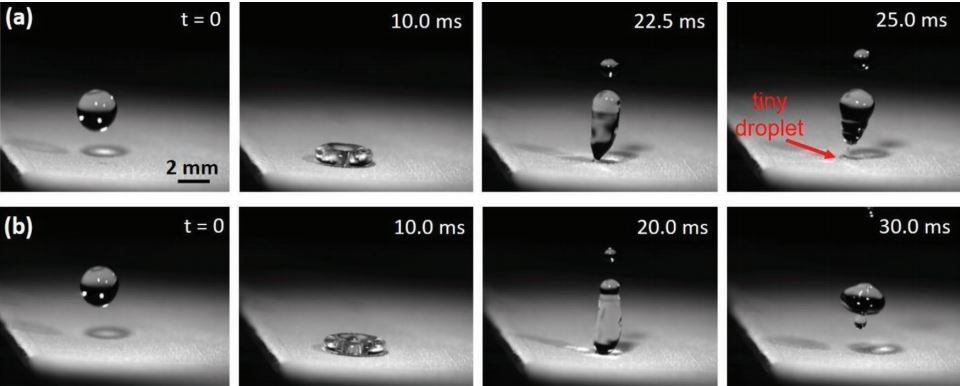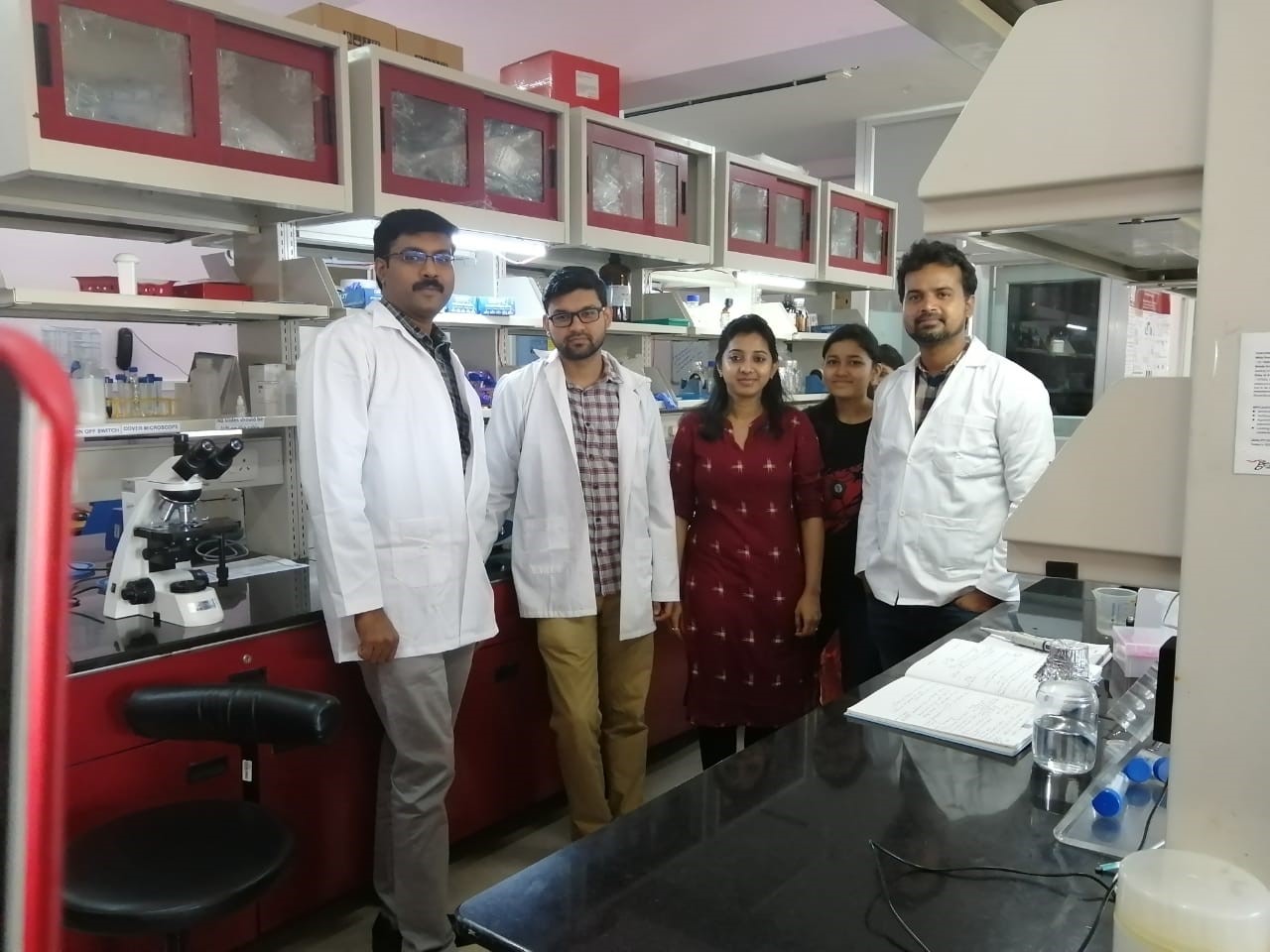
Lotus-Inspired Biodegradable Water Repellent Material Developed
- News
- 3.2K
A water-repelling, biodegradable material inspired by lotus leaves has been developed by a joint team of researchers from India, Switzerland and Italy.
Super-hydrophobic or water repellent materials are used in various industrial and other applications, such as healthcare, self-cleaning textiles, oil spill management, corrosion resistance, sensor manufacturing, robotics and 3D printing. However, most of these materials are made using petroleum derivatives, fluorinated compounds and textured inorganic materials.

The newly developed material is fully organic and biodegradable. It is inspired by lotus leaves that are composed of cellulose as a base substance and utilize naturally formed wax to achieve water repelling property. A technique called soft lithography was used to create micro-pillars of cellulose that facilitate extreme water repellency.
In order to mould the cellulose, cellulose powder dissolved in trifluoroacetic acid was used. After this, acid was removed through controlled drying to ensure environmental sustainability. Finally, textured cellulose was coated with carnauba wax – a natural wax found in palm trees and which is similar to the one found in lotus leaves. The new material is not only biodegradable but can also be made flexible by adding glycerol, which is a natural plasticizer.
Dr Chander Shekhar Sharma, a member of the team at Indian Institute of Technology (IIT) Ropar, told India Science Wire, “our work can be further developed to achieve commercial, environmentally sustainable super-hydrophobic material by upscaling the fabrication process. It can be suitable for applications where short term functionality and environmental friendliness is required, such as one-time use bioanalytical tests, cell cultures, drug delivery and foldable and disposable electronics”.
Dr Athanasios Milionis of ETH Zurich University, Switzerland was the lead researcher of the study. The research team included Professor Dimos Poulikakos, Dr Raoul Hopf, Michael Uggowitzer (ETH Zurich University) and Dr I S Bayer (Italian Institute of technology, Italy). The study results have been published in journal Advance Material Interfaces. (India Science Wire)
If you liked this article, then please subscribe to our YouTube Channel for the latest Science & Tech news. You can also find us on Twitter & Facebook.





